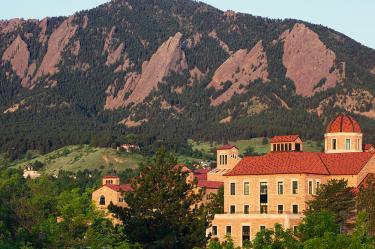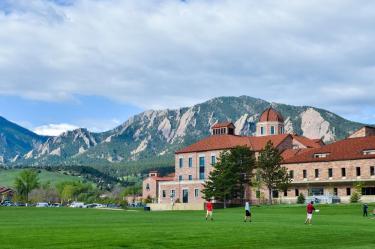- Home
- Undergraduate Programs
Undergraduate Programs
Academic Programs- Curriculum Overview
- BSBA Accounting
- BSBA Business Analytics
- BSBA Finance
- BSBA Management
- BSBA Management Information Systems
- BSBA Marketing
- BSBA Real Estate
- BSBA Strategy & Entrepreneurship
- BSBA Supply Chain Management
- BSBA Sustainable Business
- BS Integrated Business and Engineering
- Business Minor
- Pre-Business
- Business and Computer Science Integration
AdmissionsEnhance Your ExperienceCareer Prep At Leeds - Graduate Programs
Graduate Programs
MBA ProgramsMS ProgramsMS in Analytics - Faculty & Research
Faculty and Research
 Faculty Directories by DivisionFaculty Insights
Faculty Directories by DivisionFaculty Insights - Alumni
Alumni
Get InvolvedAmplify Leeds StoriesSupport StudentsGive Back - Centers
- News
- About Us






